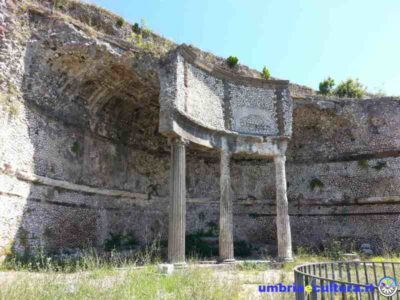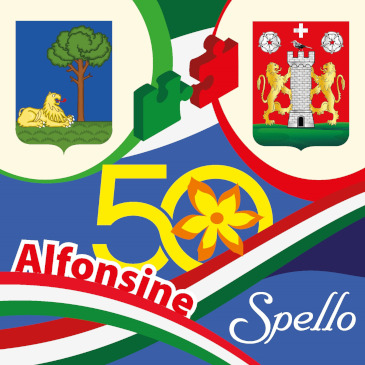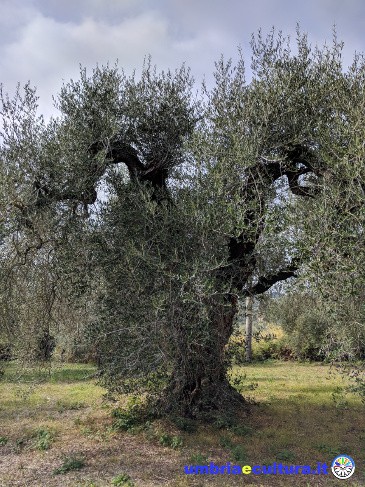One of the rarest and most valuable examples of how the spectacular Hellenistic architecture took root within the Roman Empire, although integrated and amplified by the Roman taste and building techniques, the sanctuary of Fortuna Primigenia at Praeneste, now Palestrina, lies on the slope of a hill and offers the visitor a huge thrill.
The building has three levels. The devotee of the time approached the imposing view of the temple from below, and through a system of walkways he rose to the top where he could interrogate the goddess and take the auspices.
Currently, the view of the visitor is reversed, accessing from the median level, enjoying, suddenly, a breathtaking view of the valley and the surrounding hills.
At first, on a large terrace, the bases of the colonnade are still visible and you will be enraptured by the view. Going down the stairs (walking in reverse compared to the 2000 years ago devotees) you arrive on a second terrace where there was a temple dedicated to the feminine fortune, of which there are still three columns that support a portion of the original ceiling drawers.
Going down, the two ramps are visible and viable, once fully covered, which enabled the rise to the sanctuary, hiding, in that time, the view of the panorama that opened suddenly at their top.
The Museum is housed in Palazzo Barberini, built over the upper part of the Roman sanctuary, it hides the tholos where the bronze statue of Fortuna (in war) was preserved.
On the ground floor you can still see a small part of the colonnade of the temple and admire statues and friezes, a lift then allows the access to the upper level.
The building construction follows the hemicycle of the pre-existing temple, and inside the frescoed rooms the bases of the columns can still be seen. A collection of statues, marble, votive, funerary mosaics enriches the collection. The head of the goddess Fortuna, found at the bottom of the well where the auspices were drawn, is in exhibition.
Of all the mosaic, the one with Nile scenes is the most beautiful: detailed, rich, descriptive of the flora and fauna of the African river, it leaves fascinated and speechless, animals are presented with their name on the side, the flora is richly reproduced, such as hunting scenes and life. An absolute masterpiece.
by Benedetta Tintillini




